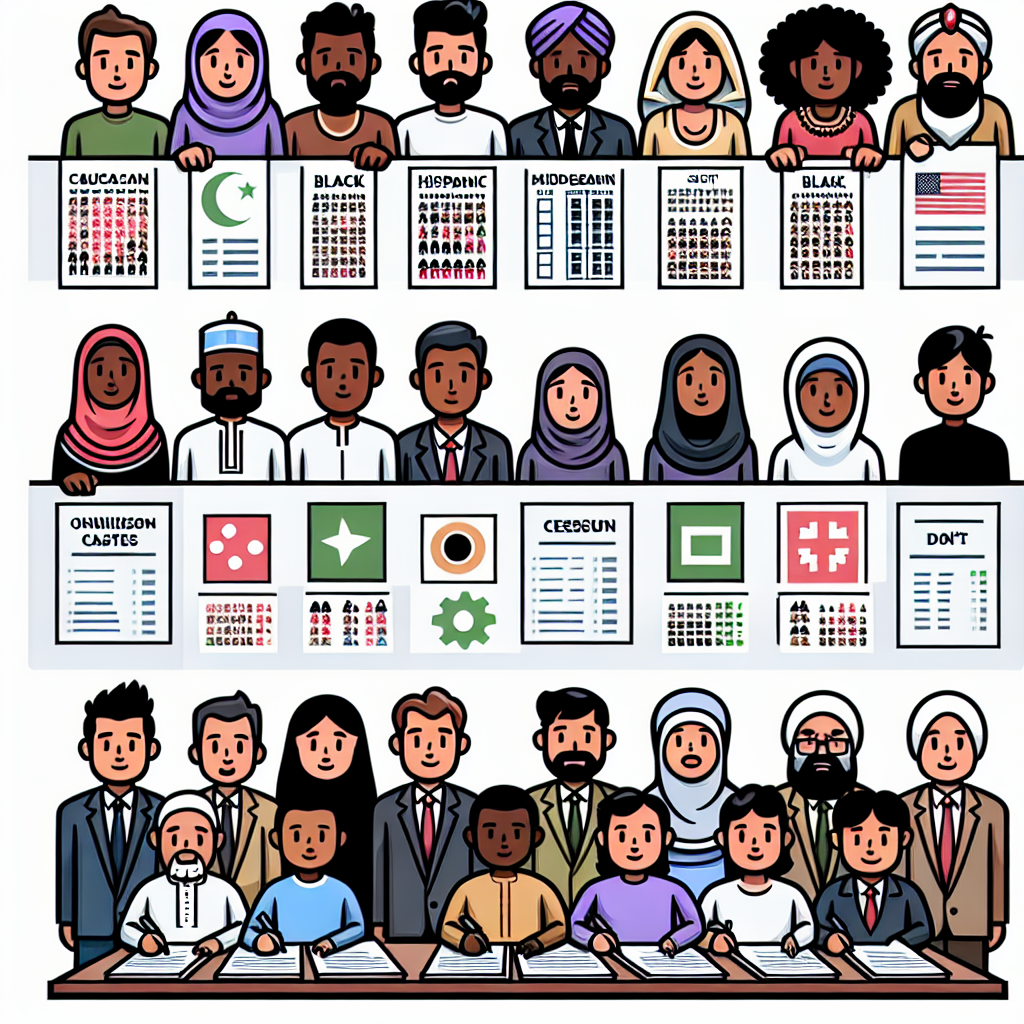Growing Diversity: A Census Breakdown of Pakistan's Evolving Religious Landscape
The latest census data reveals that Pakistan’s population has grown significantly from 2017 to 2023, highlighting an increase in several minority communities, though their proportional share presents a mixed picture. Hindus, Christians, and Sikhs saw growth, while the Ahmadi community witnessed a decline. Urban population growth outpaced rural areas, and the census also provided insights into the gender and age distribution.

- Country:
- Pakistan
The population of Hindus in Pakistan increased from 3.5 million in 2017 to 3.8 million in 2023, now making them the largest minority community in the Islamic nation, according to the latest census data released by the Pakistan Bureau of Statistics (PBS).
The country's total population in 2023 stood at 240.46 million. The census highlighted a slight decrease in the Muslim population's share from 96.47% in 2017 to 96.35% in 2023 while showcasing growth among major religious minorities.
Despite an increase in the numbers of Hindus and Christians, their proportional shares in the total population changed, with Hindus decreasing from 1.73 to 1.61% and Christians increasing from 1.27 to 1.37%. Conversely, the Ahmadi community saw a population decline. The census also indicated a significant rise in urban populations compared to rural areas and provided comprehensive data on gender and age distribution across the country.
(With inputs from agencies.)










